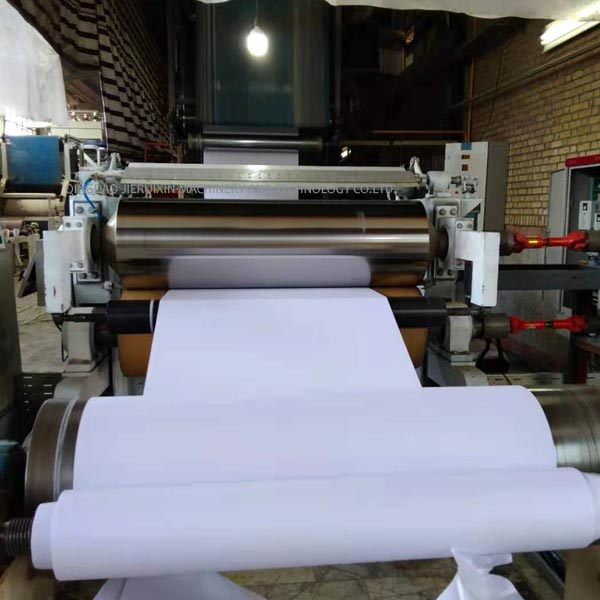Font Size:
Release paper, also referred to as silicone paper, serves as a crucial component for isolating viscous materials and finds widespread application in tapes, as well as the packaging materials for food and medicine. It can be categorized into plastic and non-plastic release paper. Plastic release papers include film-coated papers, while non-plastic variants entail papers treated with special processes such as glassine obtained from a super calender process and CCK (clay-coated kraft paper).
The term "silicone paper" originates from the release agent primarily composed of silicone oil. Although there are release agents containing fluoropolymer, silicone remains the dominant product globally due to its favorable balance of price and performance. Silicone oil exhibits resistance to most chemicals and boasts superior temperature and weather resistance owing to its unique Si-O bond structure. Additionally, its ease of storage and processing facilitates widespread industrial usage in release papers.
Release papers typically utilize kraft paper made from wood pulp as the base material. With its rough surface and high porosity, kraft paper allows silicone oil to penetrate easily into its pores and bond with fibers, potentially causing damage during the peeling process. Thus, special treatments are required to mitigate excessive porosity. Film coating, a common treatment method, involves applying a PE film onto the paper to prevent silicone oil from adhering. Glassine, after undergoing super calendering, achieves an exceptionally smooth surface and possesses sufficient paper strength for die-cutting post lamination.

The production of self-adhesive stickers involves several critical processes:
1. Base Paper Selection: In response to limitations on PE usage, glassine paper has emerged as the preferred choice due to lower processing requirements, reduced energy consumption, and favorable die-cutting properties.
2. Siliconization Process: Silicone is coated onto glassine or film-coated paper using water-based or solvent-based methods. The environmental impact and health concerns associated with solvent-based coatings have led to a gradual shift toward silicone emulsion coatings.
3. Lamination Process: This step involves the application of two types of glue, namely hot melt and water-based glue. While hot melt glue offers simpler processing without the need for drying, its adhesive properties are compromised at lower temperatures, leading to environmental considerations favoring water-based glue as the mainstream product.
4. Die-cutting Process: Stickers are die-cut into various sizes and rewound into small rollers for sale.

At Qingdao Jieruixin M&T CO LTD, we specialize in designing and manufacturing paper coating machine lines and chemicals, offering comprehensive solutions to customers worldwide. If you're interested in the paper coating industry, please don't hesitate to contact us for further assistance.
Automatic adjustment device and method for gap between metering roller and coating roller
Paper Coating Machine Tension Control System and Its Significance in the Printing Process
Carbonless paper coating chemicals components
2024-02-22The Impact of Stiffness and Density on the Quality of Coated Paper
2024-02-22Quality index of coated base paper
2024-02-22Explore the development of the thermal paper market since 2023: Trends, challenges and opportunities
2024-02-22Unveiling the Divergence: Boiler vs Steam Generator in Paper Drying
2024-02-22What is the thermal paper coating machine line?
2024-02-22Why does the thermal paper coating machine request calender?
2024-02-22Carbonless paper coating chemicals components
2024-02-22The Impact of Stiffness and Density on the Quality of Coated Paper
2024-02-22Quality index of coated base paper
2024-02-22